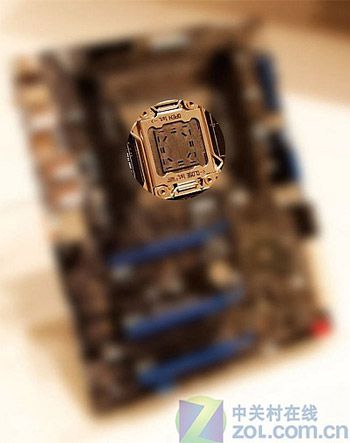Hot on the heels of Intel's P67 chipset comes some photos of the replacement for the X58 platform. What has been found on an overseas website is a picture of the LGA2011 socket itself and the bare southbridge chip on an unnamed X68 MSI motherboard.

You can read the rest of our post and discuss here.

You can read the rest of our post and discuss here.
